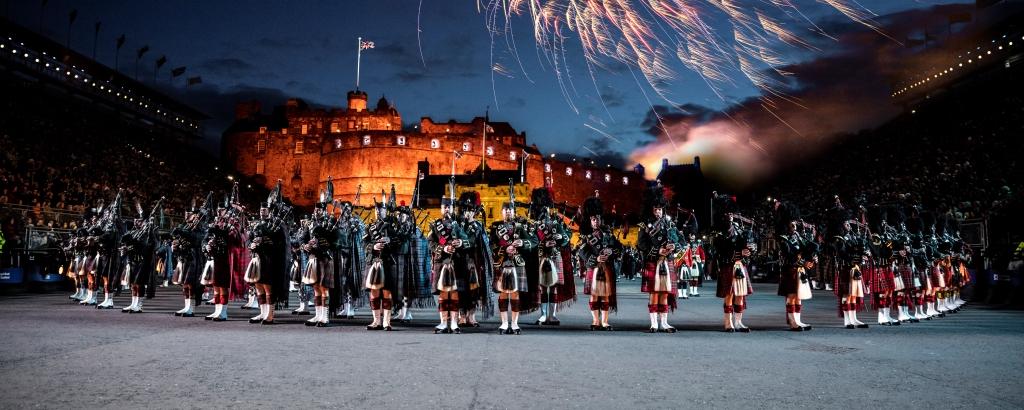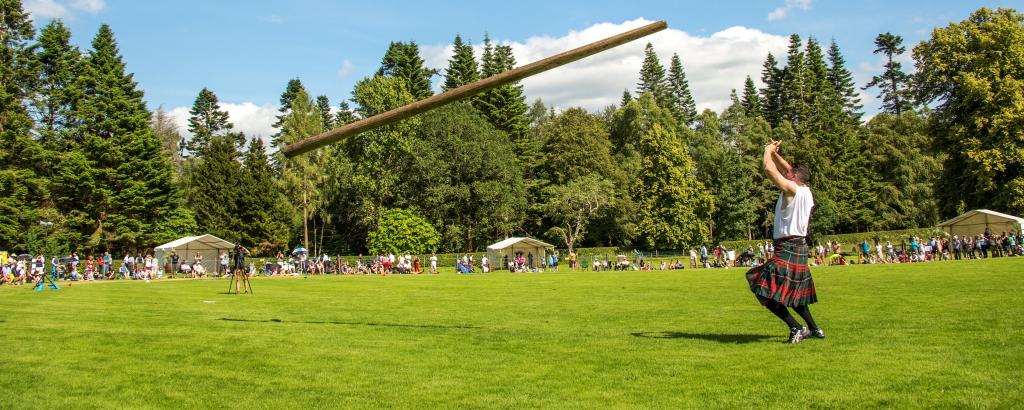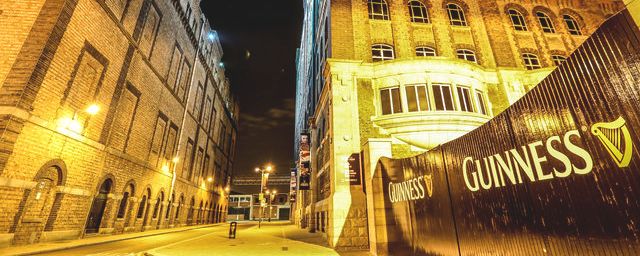New exhibition sheds light on life in the Roman army
A major new exhibition at the British Museum in London tells the story of what it was like to be in one of the most elite fighting forces of all time. Legion: life in the Roman army explores the reality of daily life for the men, women and children who were part of the machine which allowed Rome to master its vast empire.
 Copper alloy Roman legionary helmet © The Trustees of the British Museum
Copper alloy Roman legionary helmet © The Trustees of the British Museum
Running until 23 June, Legion will share the stories of real legionaries and will challenge some of the perceptions about what it meant to be a Roman soldier by showing that the army was as much an engine of social change as a formidable war machine. Recruits came from all walks of life and joined to advance themselves, acquire Roman citizenship, and support their families – despite a general ban on marriage.
Protecting a superpower for over half a millennium, the imperial Roman army acted as a military, naval and police force to around a quarter of the Earth’s population. However, life for the majority of those serving was surprisingly domestic, with many living in settled military communities stretching from Scotland to the Red Sea.
 Sword of Tiberius - Iron sword with gilded bronze scabbard
Sword of Tiberius - Iron sword with gilded bronze scabbard
Visitors will hear from a recruit from Egypt called Terentianus who related his experiences through surviving letters, as well as hearing about a Roman soldier on a humanitarian mission caught up in the eruption of Vesuvius in AD 79, and – a century later – a pair seemingly murdered in Canterbury in the course of policework.
This blockbuster exhibition is made up of over 200 objects including loans from 28 lenders, from national and international institutions, and is supported by material from the British Museum collection. It features iconic Roman military objects alongside contemporary evidence of the real lives of men, women, and children – citizens and non-citizens, free or enslaved – in forts and frontiers across the empire.
 Roman scutum (shield) - Yale University Art Gallery, Yale-French Excavations at Dura-Europos
Roman scutum (shield) - Yale University Art Gallery, Yale-French Excavations at Dura-Europos
Many of the items are on display in the UK for the first time ever, including the world’s only intact legionary shield - on its maiden transatlantic loan from Yale University in the USA - and the oldest and most complete classic Roman segmental body armour, recently unearthed from the battlefield at Kalkriese (Germany) in 2018.
One standout exhibit includes the remains of a soldier found at Herculaneum, who will be reunited with his belt and equipment for the first time outside of Italy. He is believed to be one of the marines commanded by Pliny the Elder caught up in the eruption of Vesuvius while attempting to help citizens flee. The neighbouring site of Pompeii will also contribute military gear – including a trumpet, sword and standard – in remarkable states of preservation.
 Armour from the Arminius revolt - Museum und Park Kalkriese
Armour from the Arminius revolt - Museum und Park Kalkriese
In addition, stunning objects will help to illustrate the magnificence of the Roman cavalry, including a rare public display of the Crosby Garrett mask helmet found in Cumbria in 2010, and a unique and fearsome dragon standard found in Germany, making its first visit to the UK from its usual lair in the castle of Koblenz.
Closer to home, remarkable material discovered at Newstead, Scotland and on loan from National Museums Scotland will be brought together to show how Roman military developments combined legionary body armour with arm protection more familiar on images of gladiators.
Richard Abdy, Curator of Roman and Iron Age coins comments: “This is a really exciting opportunity to present an epic subject on a human scale. Sword and sandals, helmet and shield are all on parade here as would be expected, but told through often ordinary individuals, unfamiliar stories can also help us to understand the deceptively familiar figure of the Roman legionary. Every soldier has a story: it’s incredible that these tales are nearly 2000 years old.”
 Gold coin - oath-taking scene between two soldiers © The Trustees of the British Museum
Gold coin - oath-taking scene between two soldiers © The Trustees of the British Museum
Sir Mark Jones, Interim Director of the British Museum, said: “The story of the Roman army is more than just pitched battles and war. Legion: life in the Roman army is a chance to show different perspectives and showcase the lives of the men, women, and children who formed one of the most famous armed forces in the world.”
Janet Redler, Managing Director of Janet Redler Travel, added: “This major new exploration of life in the Roman army is a must-see on a visit to London this spring. The exhibition offers a fascinating opportunity to find out more about the people behind the fighting force and to see many rare and remarkable items which shed light on the legendary Roman Empire.”
 Inside The British Museum in London
Inside The British Museum in London
If you or your group would like to see the blockbuster new Legion: life in the Roman army exhibition at the British Museum on a tailor-made tour of London or the United Kingdom, please do contact our friendly team today. Or perhaps you would like to enjoy one of our dedicated Roman Britain Tours? Discover three and a half centuries of Roman history on a tailor-made tour.































